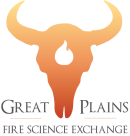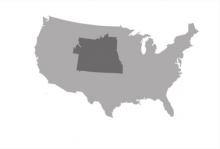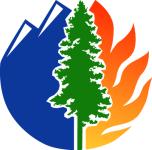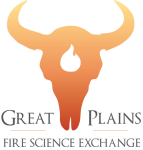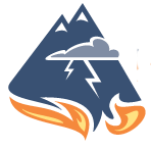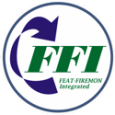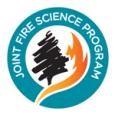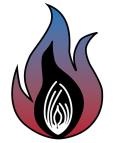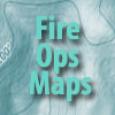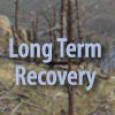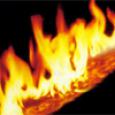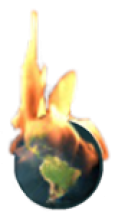The Great Plains Fire Science Exchange has partnered with FRAMES to provide literature searches on topics such as patch burn-grazing and pyric herbivory. Visit the Great Plains Fire Science Exchange Searches page to access these searches.
The Rocky Mountain Fire Portal provides information about fire science and technology relevant to Wyoming, Colorado, South Dakota, Nebraska and Kansas. Our goal is to provide "one-stop shopping" for resource managers, decision makers, scientists, students, and communities who want access to the results of efforts to understand and manage fire and fuels on lands in the Rocky Mountain and Great Plains regions.
Highlighted Content
